
Early this year something good happened in the world of full-frame mirrorless cameras. Some say is a game changer. Sony introduced the third iteration of its “basic” A7 camera, the A7III. It is a device that, far from being as basic as suggested, incorporates many of the best features of the flagship A9 and improves in almost every respect on the previous A7II.
I owned the original A7 but sat out the update which, despite the addition of in-body stabilisation, didn’t bring much more to the party. Besides which, the SL was the new kid on the block. The A7III is different. It is being hailed as the best mirrorless camera you can buy for $2,000/£2,000.
Fuss
I began to wonder what all the fuss was about. The blogosphere has been in something of a frenzy over the new Sony, led by the effervescent Sir Steve Huff on his white charger. Even the sober Kevin Raber has had to explain to his readers just why there has recently been so much Sony coverage on Luminous Landscapes — and why the A7III has become his favourite personal camera.
Nearer to home, I have been hearing from friends in the Leica world who have done the unthinkable and bought a Sony as an adjunct to their M digitals, as a means of getting even more value from their (often) sizeable stock of M glass. They see the Sony as a mini SL with many advantages over the Leica SL not least of which is the low price and the in-body image stabilisation. As a second body to an M10, the Sony can make a lot of sense, even though it might not be as convenient to use with M lenses as the SL.
Review
We have just been given the opportunity to try out a Sony A7III body for review. There are no autofocus lenses included in the kit, but this is by choice. It is strictly body only. We will be using a range of Leica M and, possibly, other M-mount lenses.
While in-body stabilisation arrived with the previous A7II, it has been improved for the new model and, together with the many other updates, the A7III appears to be the perfect test-bed for manual lenses.
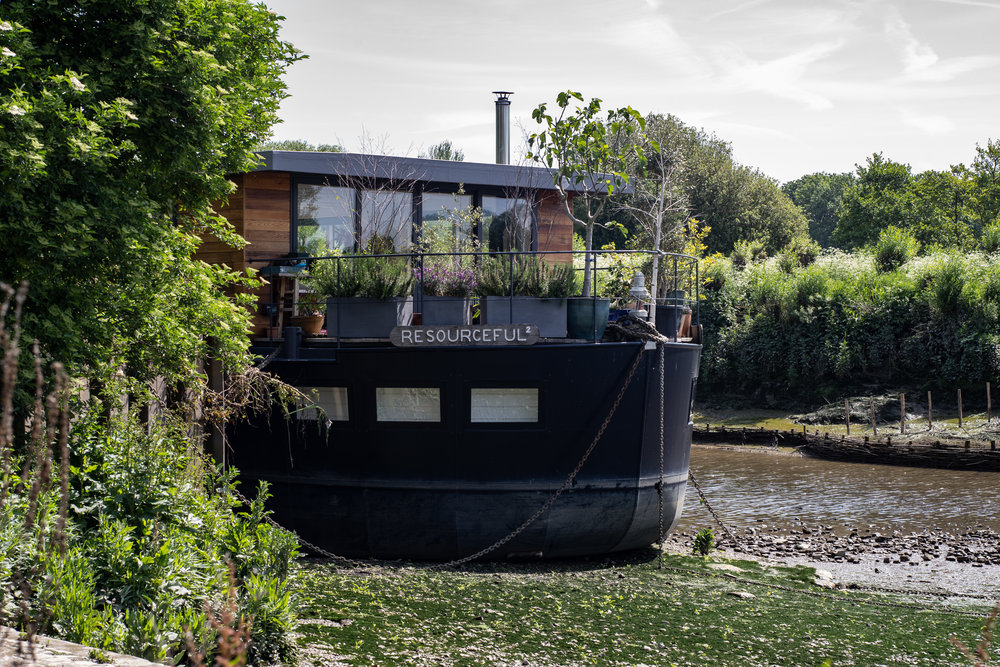
The new Sony is the only full-frame mirrorless camera with class-leading stabilisation that can potentially give a five-stop advantage to users of manual lenses. Yet, in comparison with the SL, the Sony doesn’t automatically recognise the lenses and set up profiles; there are no easy lists of suitable optics to choose from.
Conceivably, Leica’s SL is attuned to almost all Leica lenses and swapping optics is in practice straightforward. The camera firmware recognises them through the six-bit coding system and, we are told, selects the right profile to iron out peccadilloes.
With the Sony, the only lens adjustment appears to be the Steady Shot settings sub-menu which allows selection of a focal length. This has to be done every time the lens is changed. But we come back again to that stabilisation feature which I think is particularly useful with manual lenses.
In the forefront
In the past much has been written about Leica M (and other third-party manual lenses) on the various Sony cameras, starting with the original A7 and A7r. Received wisdom is that Sony full-frame cameras play well with longer lenses, starting at 50mm, but exhibit some peculiarities when wider lenses (35mm and wider) are used. Whether these same reservations apply to the A7III and the A9 is not well documented, but it is something to look at closely. And we also have to consider that, apart from the boffins, who cares really, particularly if problems can so easily be rectified in Lightroom?
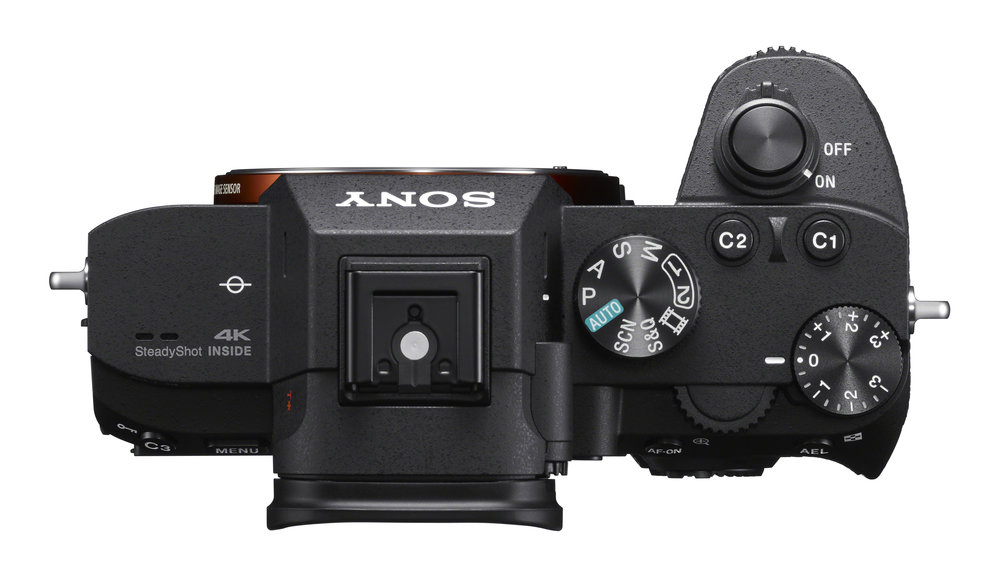
There is no denying that Sony is now in the forefront of camera technology and has established an enviable reputation, especially for its full-frame offerings. That frequency of hardware update can be annoying for users, but every iteration seems to push the boundaries of camera technology to new levels.
A negative aspect, of course, is that Sony is often in no hurry to offer exciting firmware updates in the same vein as Fuji and some other manufacturers. Fuji doesn’t shrink from bringing older cameras almost up to the same state of perfection as its latest confections, something which is well recognised and appreciated by Fuji fans. Sony has a more brutal approach. If you want the most recent, sell up and move on to the new camera.
What of the full-frame mirrorless opposition, other than the Leica SL? Both Canon and Nikon have not so much dropped the ball as never picked it up in the first place. Both companies are now rumoured to be entering the FF mirrorless market year. They have a chance to meet Sony head on and take advantage of their huge following, giving an alternative mirrorless option to Sony. But they probably have only one chance to get it right. And the longer they leave it, the more entrenched Sony becomes.
Fuji has skipped full-frame and put its money into medium format. But Sony has the headwind in full-frame, and professional photographers are moving over from their DSLRs to what most consider to be the best mirrorless alternatives, the Sony A9 and the now-extensive A7 range.
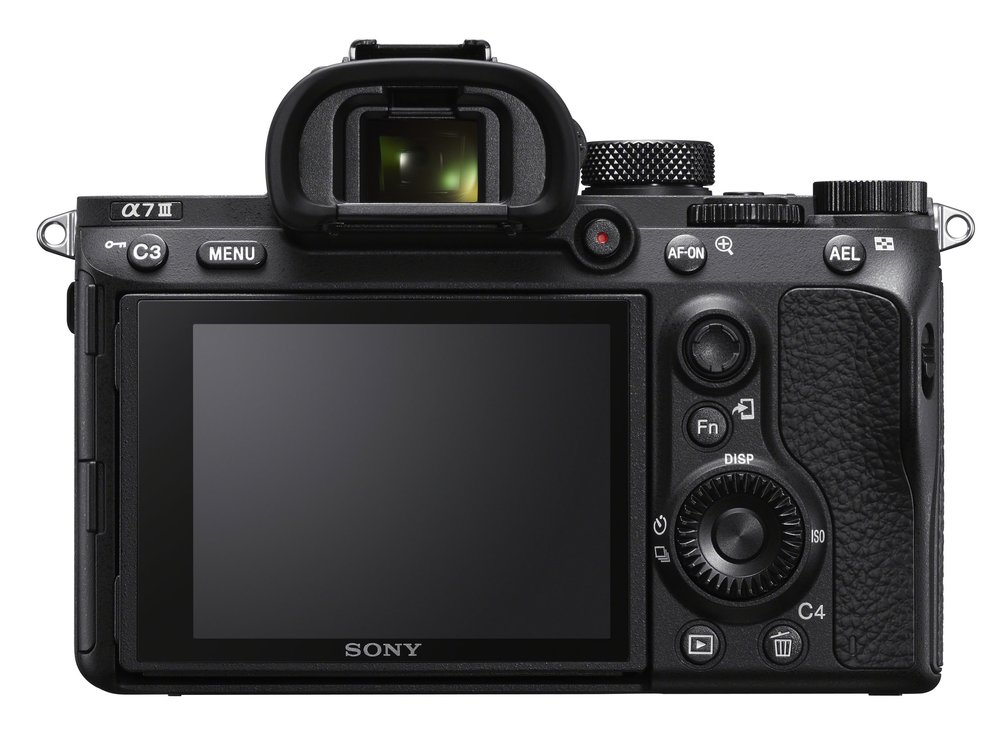
Base model with knobs
As I said earlier the A7III is actually the base model, but it contrives to offer 90% of the attractions of the A9 at a bargain-basement price. It is not a lot more expensive than flagship m4/3 and APS-C competitors. Perhaps the most obvious shortcoming is the much smaller and less involving viewfinder of the A7III, well behind the A9’s and the SL’s best-in-class finder.
So what will we be up to with the review model of the A7III? Primarily, we want to find out how effective the stabilisation is. I’ve used M lenses on cameras with IBIS many times (most recently on the Panasonic GX8, G9 and Olympus OM-D E-M1) and there is no doubt that it is a huge help. Initial experiments, on the first day of use, are hugely impressive as you can see from the samples in this article. It’s not so much the attraction of using very slow exposures in good lighting condition that impresses. It’s the ability to use unfeasibly slow exposures in poor light, thus keeping ISO values low, that really proves the value of Sony’s Steady Shot.
But the attraction of the full-frame A7III, as with the SL, is that M lenses are used at their native focal length. With APS-C and m4/3 bodies, the effective focal length is increased by a factor of 1.5 or 2 respectively. This means that the “standard” M lenses —35mm and 50mm — become rather long. A 35mm Summicron serves well as a nifty fifty on an APS-C, but many Leica owners possess nothing wider to give them a 28mm or 35mm focal length equivalent. Micro four-thirds users are even worse off because of the larger crop factor, with the humble 35mm Summicron becoming almost a 75mm Summicron.
The review, when it appears, will be unusual in having nothing to say about many of the camera’s long list of features, not least being autofocus. It will be as a manual-lens camera that we will be judging the Sony.
__________
- Subscribe to Macfilos for free updates on articles as they are published
- Want to comment on this article but having problems?

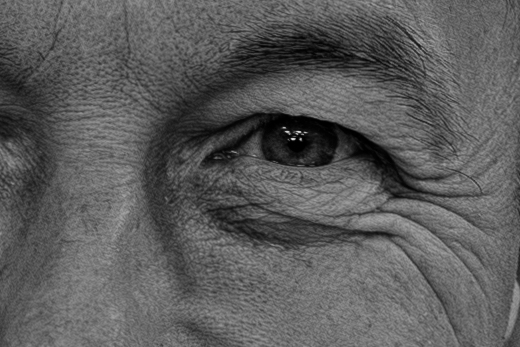
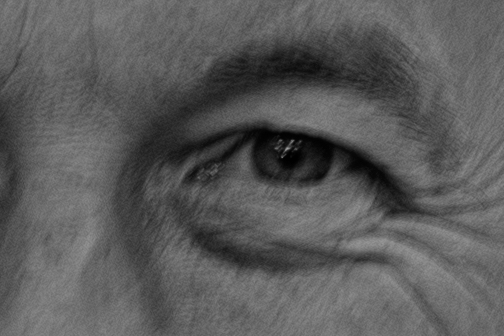
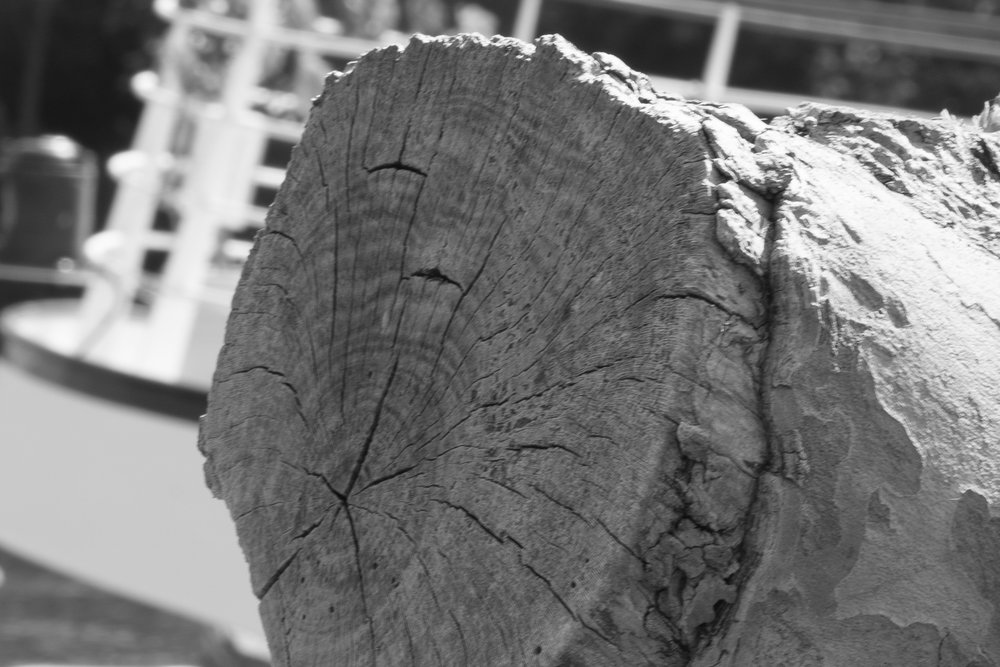

Further to my previous comment regarding Leica R and M lenses with same optical design:
The 50/2 S’cron R, v.2 (1976-2009) and 50/2 S’cron M, v.IV (1979-current) – both Walter Mandler designs – have exactly the same optics but different mounts to accommodate the M rangefinder coupling and R auto diaphragm. Image performance is identical … but the R version 2 secondhand prices can be ½ to ⅓ the cost of the M version IV. Thus the 50 S’cron R lens can cost c. £500 less than the 50 S’cron M version – something to bear in mind for the ‘on a budget’ Sony A series enthusiast seeking a 50mm manual focus lens of exemplary performance and superior build quality compared to e.g. the Sony FE 55mm lens.
Thanks, Dunk. I will bear all this in mind and have added your comments to the Sony file.
Mike, Can please consider including a couple of Leica R lenses in your A7III ‘manual focus’ review? ‘R’ lenses are larger than their ‘M’ equivalents but they are more telecentric thus not so prone to ‘image edge fuzziness’. Furthermore, they are usually much cheaper and some have essentially the same optical design and glass as their ‘M’ counterparts. My most used lenses with the A7SII are the Leica R 19/2.8 Mk II and the superb Vario Elmar R 35-70/4. I no longer use any Sony FE lenses; both my FE 35/2.8 and FE 55/1.8 are due for the chop – partly because their build quality is ‘so-so’ compared to Leica R and M optics.
Dunk, I hadn’t thought at all about R lenses but you have a good point. As it happens I do have an R-E adapter and I will ask Ivor Cooper if I can borrow a lens or two. I did have the "cheap" 28-70 zoom which would have been something to try, but I understand that it is only average in performance.
Another thought, if you are big on M-mount glass, it works best on rangefinder and still works well on SL . However, Sony sensor thickness does not work well with a lot of the m glass; not being negative, it was not designed for this purpose. Different horses for different courses. I am trying to get myself down to one camera system so I can be in the zone and not miss more shots than necessary.
I need to investigate that "Sony sensor thickness" aspect as part of the review. So many cameras have Sony sensors and I’m wondering if it is something specific to the A7 range,
Sony makes sensors but the layers that go on top are customized for the camera vendors. Sony uses one of the thickest stacks which gives ray angle problems especially with various Leica wide angles that were designed for film. The Leica M8 had the famous IR issue due to the thickness for IR filtration being too thin but the lenses worked well for sharpness and no cyan shading into the edges and corners.
By the way, I disagree with comment that Sony GM 24-70 is not far behind Leica SL 24-90. I love the additional range but the combination of SL body and SL lens felt a lot heavier than Sony system – for me there is a tipping point where weight and size was no longer pleasant to haul and carry in hand ready for decisive moment. After a few hours the Leica engineering tour de force made the Sony plastic disposable computer more appealing but a sterile experience.
Haven’t held the GM 24-70 but I will seek one out. If I ever did own a Sony A7III it’s one of the lenses I’d consider, perhaps as a sole autofocus optic backed up by M lenses.
I had Leica M with various M glass and the Sony A7R and was hanging on for Sony A7Riii or A7iii and then went Leica SL with 24-90. I had the Sony GM 24-70 and GM 70 -200. All zooms were wonderful zooms but the SL files and haptics were amazing . However, the SL was just too heavy for extended carrying. The Sony is a technological wonder but I had to stick stainless steel buttons on the buttons even without gloves. It never jelled with me. The Panasonic is more complicated than the SL but I managed to adapt easily and did not need to pimp it with aftermarket buttons and grip to make it usable. For me the big issue is the size of the glass for full frame. I can carry M43 glass so much easier and I do not need billboard size enlargements so my wallet is not tempted by any more full frame or medium format siren calls – I now recognize my aging limitations and FF is overkill these days for the size I print: 17”x22”.
I am with you on this. The G9 buttons have a better feel but, that said, so far I haven’t really noticed problems with the handling of the A7III. Time will tell.
Hi Mike, welcome to the Sony club. I was having a a7ii which I sold after getting excited about a7riii. But then the files were bothering me because of the size. Sold that off too and now I’m getting a a7iii. Souless maybe, but there is nothing out there in terms of pure fun to be had by adapting different lenses to these Sony cameras-old and new. I had a blast trying out different 50s and had finally settled with a sonnar 50 zm when I had a7ii. I tried canon FD lenses, various leica, voigtlander lenses and the native lenses as well. Sonnar of course is not going anywhere.
I look forward to trying the Sony with the Sonnar. I also have a 40mm Voigtländer Nokton in E mount on the way for review. I’ve already spent time with the M-mount version (review pending) so it will be an interesting experience. The absence of an adaptor will make this compact lens even smaller on the Sony.
I’d rather have the lenses on an SL.
They also go well on my EM1 MkII but of course are not the correct focal lengths. The Sonys just do not do it for me, to be honest. I tried a pair of A9’s on loan from Sony for 3 weeks with the G Masters. Nope. Went back with thanks. Very good, but to be honest I may as well carry my D850s.
I can’t say the EM1 is 100% either but with that 12-100 lens it’s a remarkable performer in a small package. I REALLY want Leica to produce the SL with the CL sensor…
Ah, not THAT Marcus Adams, then.. https://tinyurl.com/ybhk3o9f (..!.)
He’s probably there in spirit…
Yes, an APS-C mini SL (with IBIS, please) would suit a lot of people.
Sony on Macfilos. Is this the end of road for the blog? Let’s hope not but I’m having dark thoughts. Is Evans a photographic quisling? Is a merger with the Huff Puff blog next?
How could you do this Mike? Soulless cameras with menus designed by sadists. I know-we all make mistakes and buying an A7 was one of mine. At least I managed to sell it without too much financial pain.
My only advice Mike is to take a couple of aspirins and go to bed early and hopefully you’ll feel better in the morning and this nasty Sony virus will have passed.
Thanks, John, glad to see you back. I will indeed take two aspirins!
Again any camera is only a tool, but like any great writer that used a quill a pen a typewriter, it is the inspiration of who is using the tool to create great pictures, I am sure you will enjoy your manual focus escapade and look forward to your article and photos!
The menus though. i don’t want that stuff to get in the way when I’m taking pictures. No thanks.
Hi Mike,
I have had two limited spins with the A7Riii, and the G Master 24-70, and while the images are immense out of it, I found the whole experience a little sterile, in comparison to my aging X typ 113. Is it possible to have too much automation in a camera? as that what it felt like to me. I also know from my son in law that it took him a few attempts to set it up to his liking, but he seems to have settled on a set up and is getting decent results – where as my experience of the X, and my famous D300s, is that I had them running decent images literally within a few hours.
I will look forward with interest to your review, and your views on this beast from the same stable.
Dave
Dave, The A7III isn’t any more difficult to set up that the Panasonic G9 or OM-D E-EM1, just different. There’s always a steep learning curve with a new camera. Of course, I will strip down to essentials for the M-lens review and I can customise the controls to reflect the very restricted use — for instance, one button for image magnification, one to toggle between screen and viewfinder, another for Steady Shot set up and so forth.
I am interested to hear what you think of the 24-70 GM zoom, particularly the handling, It’s not a lot far behind the Leica SL 24-90 in weight but, of course, the SL is longer while being slower — both issues which have an impact on size and weight. The question is, is the GM as good as the 24-90 SL?
My expereince of the camera is that it more or less totally automated, and once set up correctly it produces amazing images – but the experience felt sterile. No idea why.
The lens is an absolute beast, portraits looked sharp through out in low light conditions, and I took some shots at 70mm which looked good too. Naturally I cannot compare to the SL version as not had that pleasure – yet. Oh and the 24-70 Sony version is a little front heavy on camera.
The other issues I noted is the size of the files when they come out of the camera, my son in law has had to buy some cloud storage space, and several hard drives owing to the ammount of space they take up. That and the cost are part of the reason I dropped it off my list.
"24-70 Sony version is a little front heavy on camera." True, I am sure. So is the 24-90SL, perhaps more so. However, the A7 is a small camera for such a big lens. I will have to visit a showroom and try one. Although the GM is expensive, it is still nearly £1,700 cheaper than the SL zoom.
File size is indeed a problem with the A7rII and that’s why I think I would prefer the cheaper A7III because it has the 24MP sensor. Enough, I think.
Yes I agree with the 24MP sensor, as reckon the file size from that is manageable – I really love the ones that came out of the M10 when I used that in March, and they were easily manageable to my ageing Macbook Pro.
That is some significant difference in price for the lens.
The A7riii files are a different matter entirely.